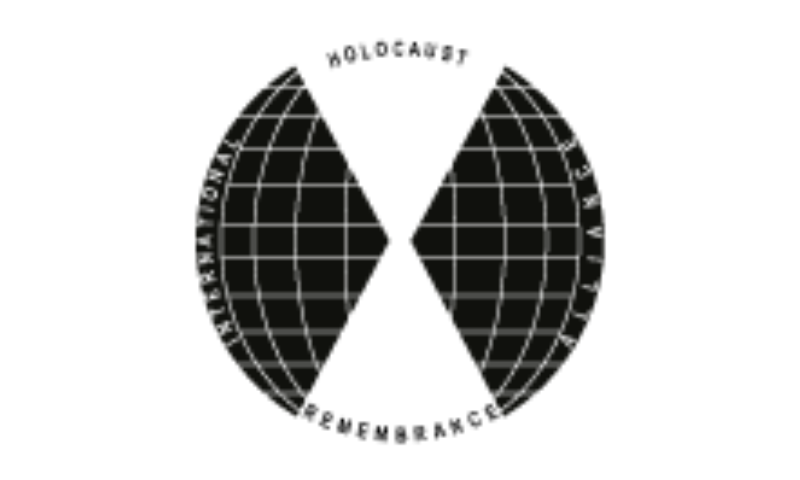“… while antisemitic ideology isn’t very imaginative, it compensates for that weakness by being highly adaptive—able to reinvent its obsession with supposed Jewish malignancy in almost any situation and winning supporters accordingly.”
In the world of Jewish advocacy, the “working definition” of antisemitism endorsed by the International Holocaust Remembrance Alliance (IHRA) has almost acquired the status of a sacred text. Its observations and recommendations are widely regarded as unarguable, so much so that many pro-Israel activists are satisfied to simply cite the definition’s insights on the relationship between anti-Zionism and antisemitism when they are confronted by BDS activists and the like.
Meanwhile, every outside endorsement of the definition—so far, nearly 40 countries, the United Nations, the Council of Europe, the Organization of American States and numerous civic and voluntary agencies—is eagerly trumpeted as one more sign that the world is finally waking up to the true nature of its oldest hatred.
Please don’t misunderstand me. I regard the extensive international support for the definition as an overwhelmingly positive development. I just think we could do a better job with the definition itself, and that doing so would only make our position stronger.
The latest edition of “Israel Affairs,” an academic journal, includes my extensive paper identifying what are, in my view, the four key expressions of antisemitism in our own time. I break these down into “neo-traditional,” referring to the recycling of medieval falsehoods about Jews during the COVID-19 pandemic, along with other dated tropes about shadowy Jewish financial clout; “anti-Zionist,” referring to the assault on Jewish collective survival implicit in calls for the elimination of the State of Israel; “Holocaust relativization,” referring to the invocation of the extermination of 6 million Jews as an analog for contemporary crises that are mostly frivolous when compared with the Shoah; and “anti-Judaism,” referring to the various efforts to stigmatize and outlaw core Jewish rituals such as male infant circumcision and the slaughter of animals under the laws of shechita.
… [To read the full article, click here]


